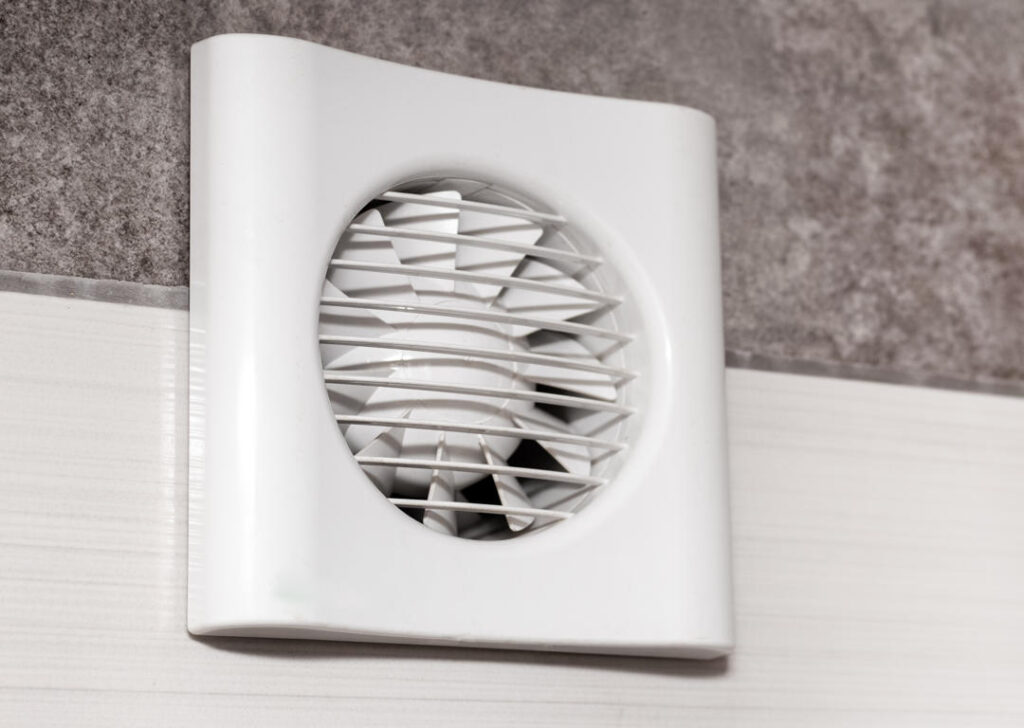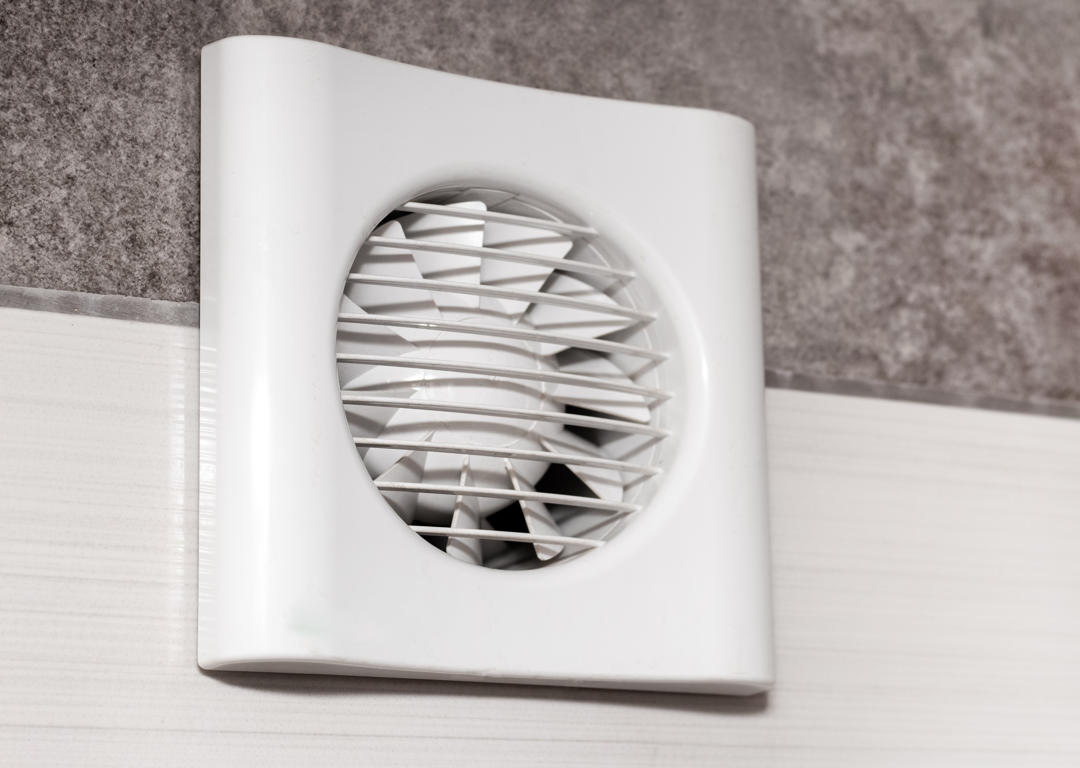
Installing a bathroom exhaust fan is crucial for maintaining air quality, preventing mold growth, and reducing moisture. These fans effectively ventilate your bathroom by removing humidity, odors, and airborne particles. Here’s everything you need to know about choosing and installing the right exhaust fan for your space.
Why Bathroom Exhaust Fans Are Essential
Moisture and Mold Prevention
Bathrooms are prone to excess moisture, which can lead to mold growth and damage to walls and ceilings. Exhaust fans reduce moisture buildup by drawing out humid air, helping to prevent mold and mildew. This keeps your bathroom cleaner and healthier for your family.
Mold Reduction: Consistent ventilation stops mold spores from thriving in damp spaces, extending the life of bathroom surfaces.
Humidity Control: Proper airflow reduces condensation on mirrors, walls, and windows, preventing paint peeling and structural damage over time.
Improved Air Quality and Odor Control
Exhaust fans don’t just tackle humidity; they also manage odors. In windowless or poorly ventilated bathrooms, exhaust fans are vital for circulating air, ensuring that unpleasant smells don’t linger. Cleaner air also benefits individuals with allergies or respiratory issues.
How to Choose the Right Bathroom Exhaust Fan
Fan Capacity and Size
Choosing the right fan depends on your bathroom’s size. Fan capacity is measured in cubic feet per minute (CFM), and the larger the bathroom, the more powerful the fan needed.
Small Bathrooms: Spaces up to 50 square feet typically require a fan with 50 CFM.
Larger Bathrooms: Calculate the necessary CFM by multiplying your bathroom’s square footage by 1.1. This ensures adequate air exchange.
Quiet Operation (Sone Rating)
Some fans can be noisy, disrupting your bathroom experience. Fans are rated by sones, where a lower rating indicates a quieter model. For a peaceful bathroom, opt for a fan with a sone rating below 1.0.
Energy Efficiency
An energy-efficient fan can save on electricity costs. Look for Energy Star-certified fans, which not only consume less power but also provide effective moisture control.
Features to Consider
Modern exhaust fans often come with additional features like built-in lighting, heaters, or humidity sensors. These options make the fan more versatile and convenient. A humidity sensor can automatically turn on the fan when moisture levels rise, ensuring continuous protection against mold.
Installing Your Bathroom Exhaust Fan
Location and Setup
Position the fan near your shower or bathtub, where moisture levels are highest. Make sure the fan vents to the outside, not into the attic, to prevent moisture from accumulating in your home’s structure.
Connecting Ductwork
Use flexible or rigid ductwork to vent air efficiently. Proper duct installation ensures that moist air is pushed outside, keeping your home safe from moisture-related issues.
Wiring and Power Supply
Follow the manufacturer’s instructions for connecting the fan to a power source. Ensure the electrical connection is secure before testing the fan.
Maintaining Your Bathroom Exhaust Fan
To ensure long-term efficiency, regular maintenance is essential. Over time, dust and debris can clog the fan, reducing its performance.
Fan Cleaning: Dust buildup on the fan blades decreases airflow. Regularly remove the fan cover to clean the blades and prevent overheating.
Duct Inspection: Check the ductwork periodically to ensure it’s free of obstructions that could impair ventilation.
Installing a bathroom exhaust fan is key to preventing moisture damage and improving air quality in your home. By choosing the right fan and ensuring proper installation, you protect your bathroom from mold and mildew while maintaining a comfortable environment. For professional installation and advice on selecting the best exhaust fan for your home, contact Genesis 1:3 Electric in Denver, CO. We’ll help you enhance your home’s ventilation and reduce your energy costs.






